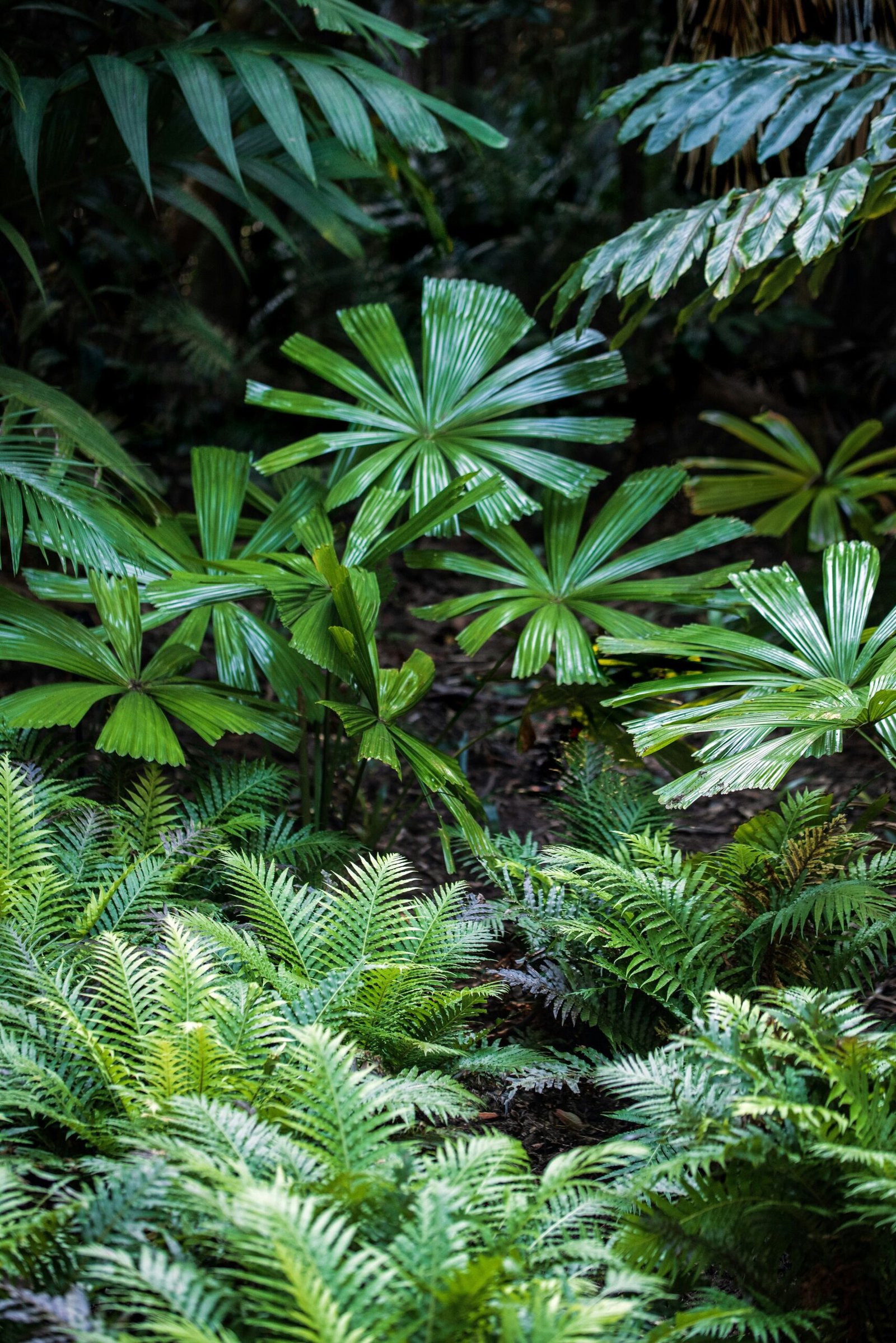Zingiber Zerumbet, commonly referred to as ‘Shampoo Ginger’ or ‘Awapuhi’, is a fascinating plant native to the tropical regions of Southeast Asia and the Pacific Islands. This perennial herb is part of the Zingiberaceae family, which also includes well-known species such as ginger and turmeric. With its lush green foliage and distinct, cone-shaped inflorescences, Zingiber Zerumbet is easily identifiable and often admired for its ornamental value.
The origins of the Zingiber Zerumbet plant can be traced back to the rich, humid environments of its native habitats. It thrives in well-drained soil and benefits from the ample rainfall typical of tropical climates. The unique inflorescences of Zingiber Zerumbet display vibrant colors, typically ranging from green to a striking red as they mature. These cones are not just visually appealing but are also aromatic, exuding a pleasant fragrance that contributes to the plant’s allure.
Zingiber Zerumbet holds a notable place in historical and cultural contexts, particularly in traditional medicine and cosmetics. For centuries, indigenous populations have harnessed the plant’s natural properties for various therapeutic purposes. The rhizome of Zingiber Zerumbet has been used in traditional remedies to treat ailments such as digestive issues, inflammation, and skin conditions. Its common name, ‘Shampoo Ginger,’ arises from the natural juice within the mature cones, which has been used as a hair and skin cleanser, reflecting its multifaceted utility.
In terms of scientific classification, Zingiber Zerumbet falls under the genus Zingiber, species zerumbet, solidifying its place within a diverse and valuable botanical family. The plant’s versatility, spanning medicinal, cosmetic, and ornamental applications, underscores its prominence. As we delve deeper into the various aspects of Zingiber Zerumbet in subsequent sections, it becomes evident why this plant continues to captivate and serve numerous purposes across different cultures and modern practices.
Cultivation and Uses of Zingiber Zerumbet
Zingiber Zerumbet, commonly known as Shampoo Ginger, thrives in tropical and subtropical climates. To successfully cultivate this plant, certain conditions must be met. It flourishes in well-draining, loamy soil enriched with organic matter. Ideally, the pH level should be slightly acidic to neutral, ranging between 6.0 and 6.5. Temperature-wise, Zingiber Zerumbet prefers warm to hot conditions, ideally between 20°C and 30°C. Importantly, consistent moisture is crucial, but waterlogging must be avoided. The use of mulching can help maintain soil moisture and temperature stability.
Propagation of Zingiber Zerumbet is typically achieved through rhizome division. Select healthy, mature rhizomes and plant them horizontally about 5-7 cm deep in the soil. Ensure the rhizomes have visible buds for optimal sprouting. After planting, regular watering should be provided until new shoots emerge. For ongoing care, keep the plants in partial shade to mimic their natural habitat under the forest canopy. Regular removal of weeds, application of balanced organic fertilizers, and protection from pests are essential for healthy growth.
The Zingiber Zerumbet plant is highly valued not just for its ornamental beauty but also for its diverse applications. Historically, it has been a staple in herbal medicine, used extensively to treat ailments including digestive issues, inflammation, and infections. The rhizome extract contains active compounds like zerumbone, which possess anti-inflammatory and antioxidant properties.
In the realm of beauty and personal care, Zingiber Zerumbet is popularly known as ‘Shampoo Ginger’. The milky sap extracted from mature flower cones is traditionally used as a natural shampoo and conditioner, celebrated for imparting a smooth, lustrous look to hair while nourishing the scalp. Additionally, the extract is found in various modern cosmetic products due to its moisturizing and soothing properties.
Culinary applications further extend the versatility of Zingiber Zerumbet. Its rhizomes can be used as a spice, similar to culinary ginger, adding a unique zest to dishes. Both fresh and dried rhizomes are utilized in various traditional recipes across Southeast Asia.
Anecdotally, numerous gardeners have successfully cultivated Zingiber Zerumbet, praising its resilience and the multitude of benefits it brings. Case studies reveal that even those new to gardening can achieve notable success by following recommended growing practices. These real-world examples illustrate the plant’s manageable care requirements and the significant rewards of its multifaceted uses.

Leave a Reply